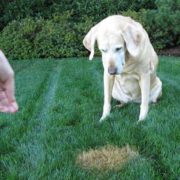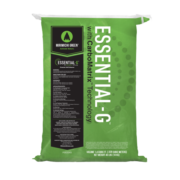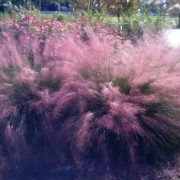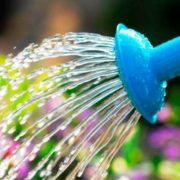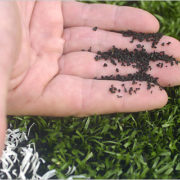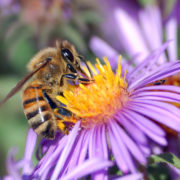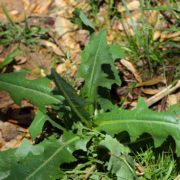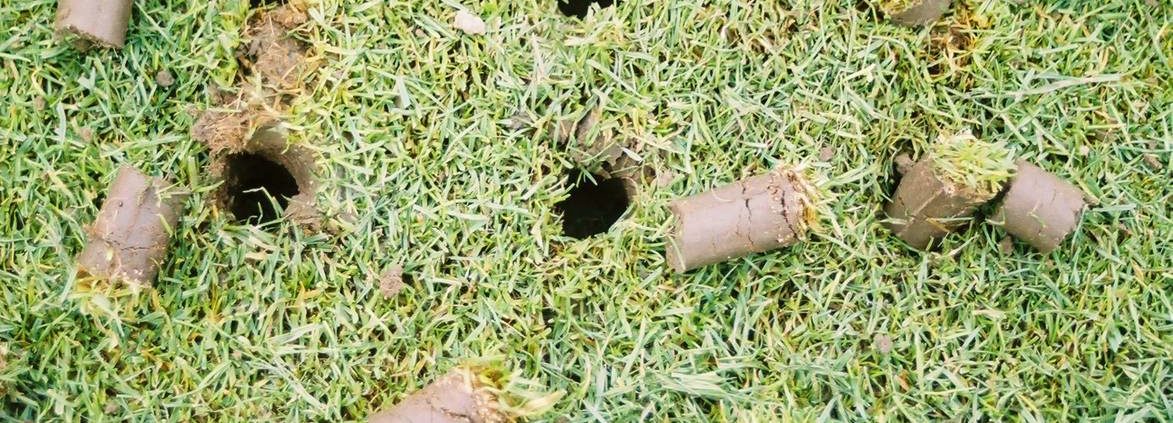
How To Know When To Aerate Your Lawn
Aerification or aeration accomplishes three key objectives:
- Relieves soil compaction
- Can improve the soil mixture around the root zone
- Reduces the thatch accumulation
But do you know when to aerate your lawn?

Grass Type
Timing is vital for aeration. Your grass type will determine what time of year you should aerate your lawn. Lawn grasses fall into two categories: warm-season and cool-season. Warm-season grasses start active growth in summer. Cool-season grasses are dormant in the summer and begin growth in early fall.
Warm-season grass types – aerate in late spring / early summer: Bahia grass, Bermuda grass, Buffalo grass, Centipede grass, St. Augustine grass and Zoysia grass
Cool-season grass types – aerate in fall: Creeping bentgrass, Fescue (chewings, hard, red, tall), Kentucky bluegrass, Rough bluegrass, Ryegrass (annual, perennial)

Soil Type
Now that you know when to aerate, now determine how often you should based on your soil type. Different soil types require more frequent aeration. Clay soil tends to be very compact and should be aerated at least once a year. You can aerate a sandy lawn once a year or alternate years. In dry climates, aerating twice a year will promote turf growth and health.

After Aeration
Once you’ve completed aeration, there is more you can do for your lawn. After completing aeration spread Mirimichi Green’s CarbonizPN at a rate of 20 lbs. per 1000 SF. CarbonizPN consists of carbon-rich biochar and premium organics. Getting this product into the soil profile offers benefits for your lawn to improve soil structure and provide the grass with nutrients. CarbonizPN benefits include:
- Reduces water needs
- Aerates soils and reduces compaction
- Optimizes pH
- Increases nutrient uptake (CEC)
- Provides permanent home for healthy biology
- Sustainable, natural, and safe
For more application rates, click here.
